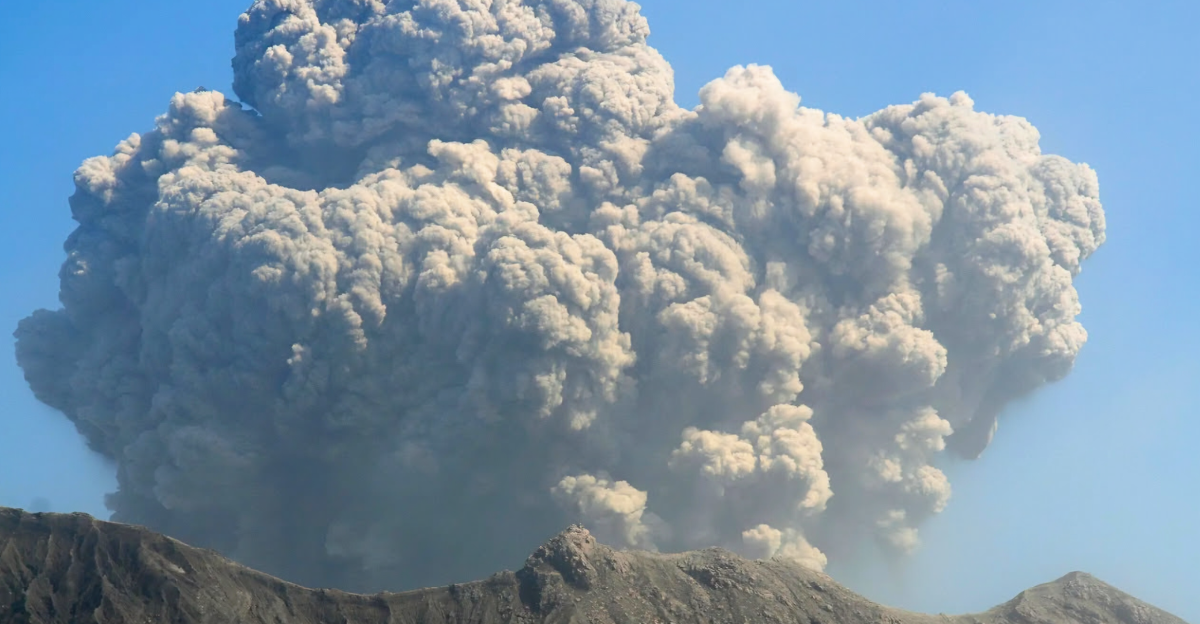
Volcanoes have always captured human fascination with their fiery eruptions and molten lava. But beyond the dramatic peaks lies a quieter, far more powerful threat: supervolcanoes. These geological giants can remain silent for tens of thousands of years, only to erupt with a force capable of altering global weather and reshaping continents.
Unlike standard volcanoes, supervolcanoes don’t form sharp mountains but instead create massive calderas after explosive eruptions. Scientists closely study these rare features not just out of curiosity, but because their potential impacts are staggering.
As the world becomes more interconnected and vulnerable to climate disruptions, understanding these hidden forces becomes more urgent than ever. Let’s explore the most powerful and potentially dangerous supervolcanoes around the globe.
What Makes a Supervolcano So Dangerous?
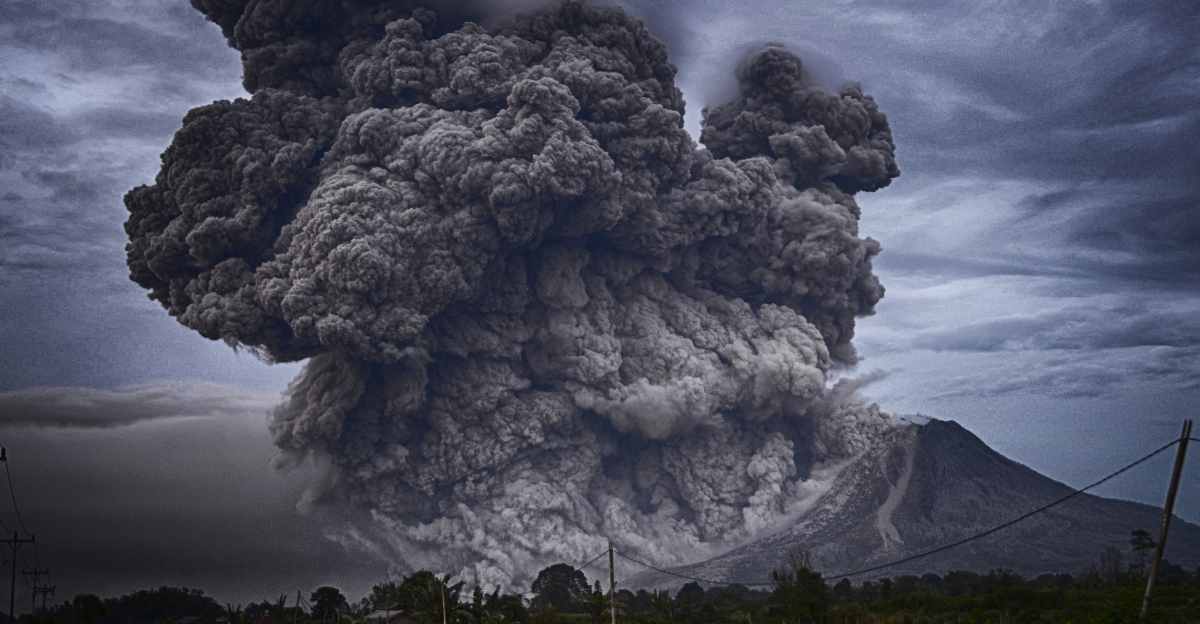
Supervolcanoes differ drastically from the eruptions people typically imagine. While standard volcanic events may spew ash and lava locally, a supervolcano unleashes over 1,000 cubic kilometers of material. This sheer volume can engulf entire cities in ash and send shockwaves across continents.
They often appear as vast depressions or calderas rather than towering peaks, formed when a massive magma chamber collapses post-eruption. These explosions register as VEI-8 on the Volcanic Explosivity Index—the highest possible score. To put this in perspective, the eruption of Mount Vesuvius, which buried Pompeii, was a VEI-5.
A VEI-8 event could darken skies, lower global temperatures, and severely disrupt ecosystems and agriculture worldwide. While rare, their impact potential demands scientific vigilance and global awareness.
Where Do Supervolcanoes Exist?
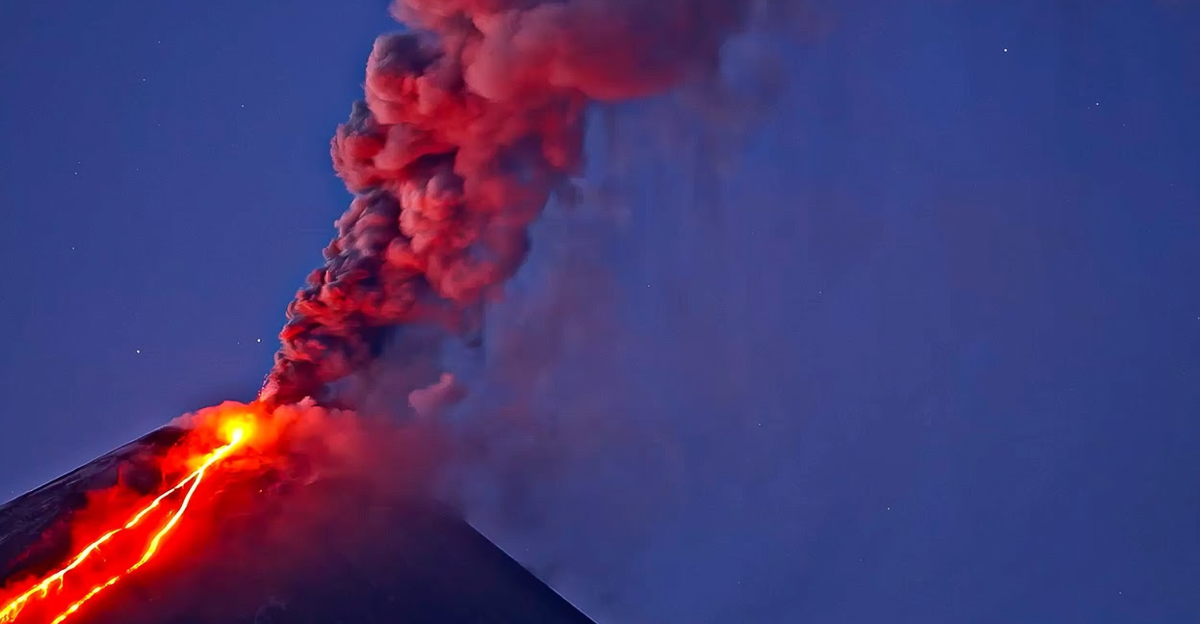
Supervolcanoes are scattered across every continent, though some have earned more notoriety than others. In the United States, the Yellowstone Caldera spans a staggering 70 by 55 kilometers. Its last major eruption, 640,000 years ago, blanketed much of North America in ash. If it erupted today, it would likely devastate the western U.S., disrupt global aviation, and cause a volcanic winter.
Despite these risks, the U.S. Geological Survey places the chance of an eruption at roughly 1 in 730,000 per year. Monitoring continues around the clock, and current data shows no imminent threat. Yellowstone remains one of the most studied and closely observed calderas in the world.
Toba: Earth’s Most Devastating Eruption
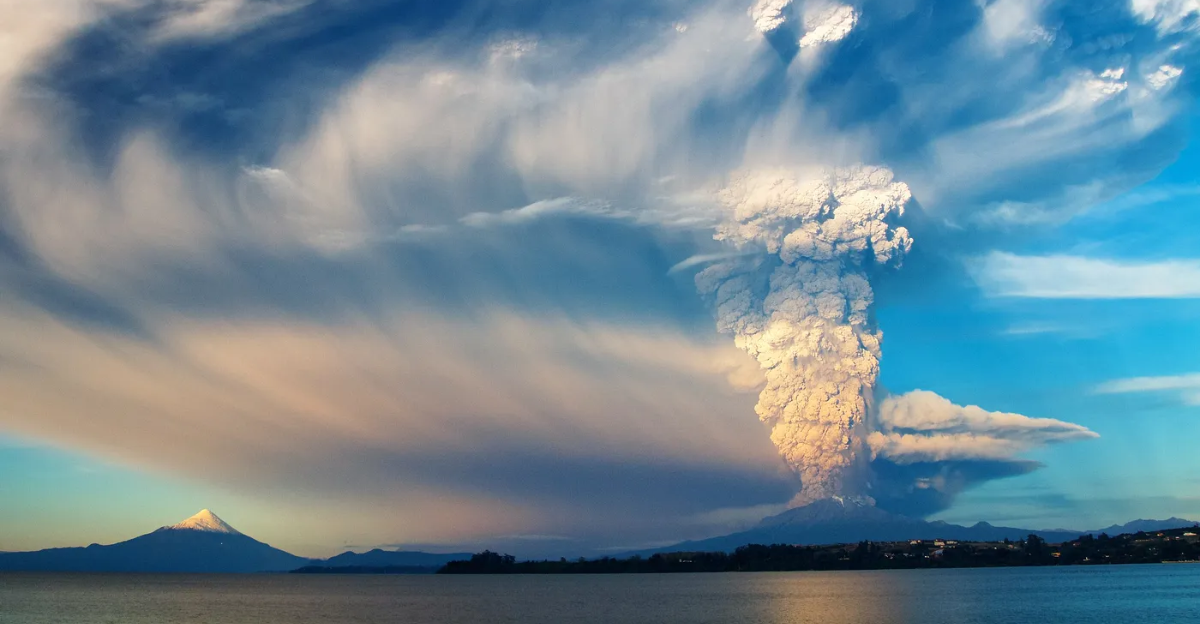
Located in Indonesia, the Toba Caldera is one of the most powerful volcanic sites ever discovered. Measuring roughly 100 by 30 kilometers, it produced a cataclysmic eruption about 74,000 years ago, releasing nearly 2,800 cubic kilometers of volcanic material. The aftermath triggered a volcanic winter, causing global temperatures to plunge by as much as 5°C. Scientists believe this event led to a sharp decline in the human population, possibly pushing the species to the brink.
Today, geological activity persists beneath the caldera. Researchers from the University of Cambridge have found signs that the magma chamber is slowly refilling. Though the immediate risk is low, Toba remains under careful scientific scrutiny.
New Zealand’s Taupō Volcano: Still Active and Watched
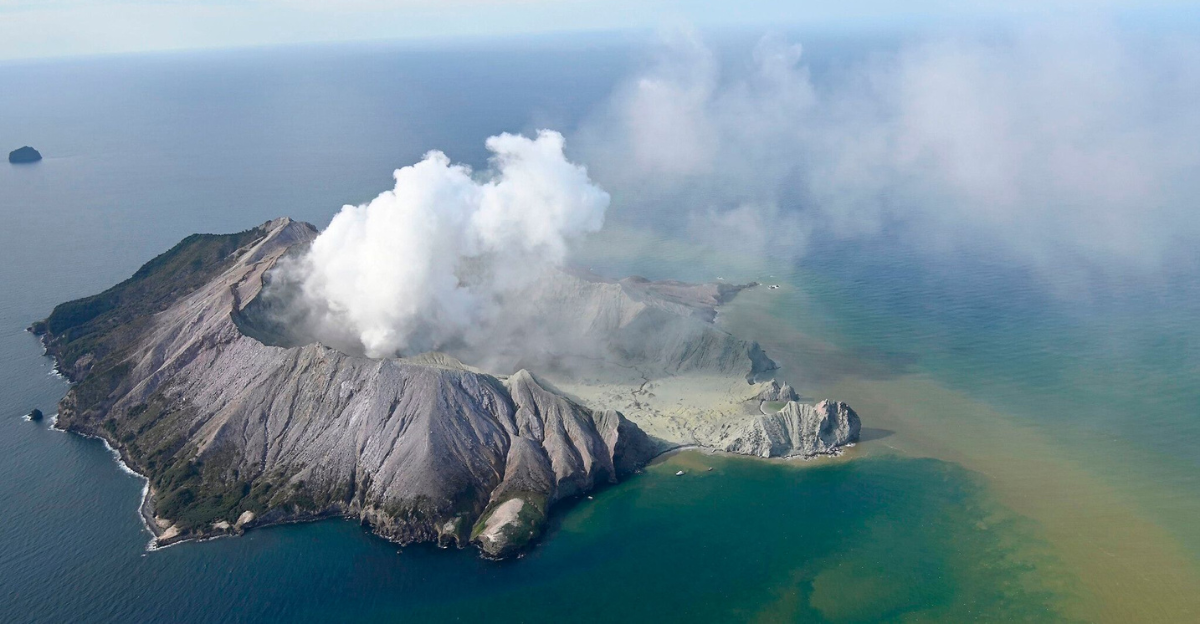
The Taupō Volcanic Zone in New Zealand is home to one of the planet’s most formidable supervolcanoes. Its caldera, now filled by Lake Taupō, spans 616 square kilometers. Around 26,500 years ago, the Oruanui eruption released approximately 1,170 cubic kilometers of material, making it the most powerful eruption in the last 70,000 years. The fallout affected weather patterns across the Southern Hemisphere.
Taupō remains volcanically active, with its most recent eruption recorded in 232 CE. Because of its continued seismic activity and geothermal phenomena, scientists at GeoNet closely monitor the region. The current eruption risk is considered medium, underscoring the importance of continuous observation.
Japan’s Aira Caldera: A Ticking Clock
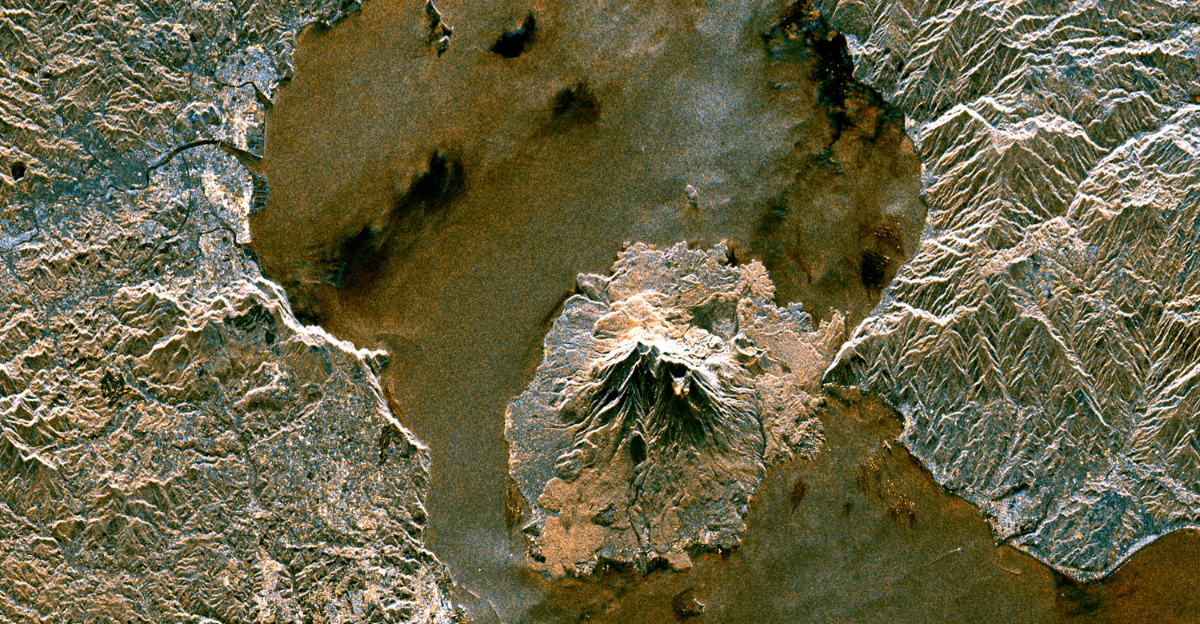
Situated in southern Japan, the Aira Caldera spans 20 kilometers and is home to the highly active Sakurajima volcano. Approximately 22,000 years ago, a massive eruption formed what is now Kagoshima Bay. While frequent smaller eruptions occur today, experts warn that a future supereruption could have catastrophic consequences for Japan and its neighbors.
The surrounding region is densely populated, heightening potential human impact. Seismic activity and magma movement beneath Sakurajima suggest the caldera is still active. Given its ongoing eruptions and geological signals, scientists rate Aira’s eruption likelihood as medium to high. This makes it one of the most closely watched supervolcanic sites on the planet.
Long Valley Caldera: A Quiet Force in California
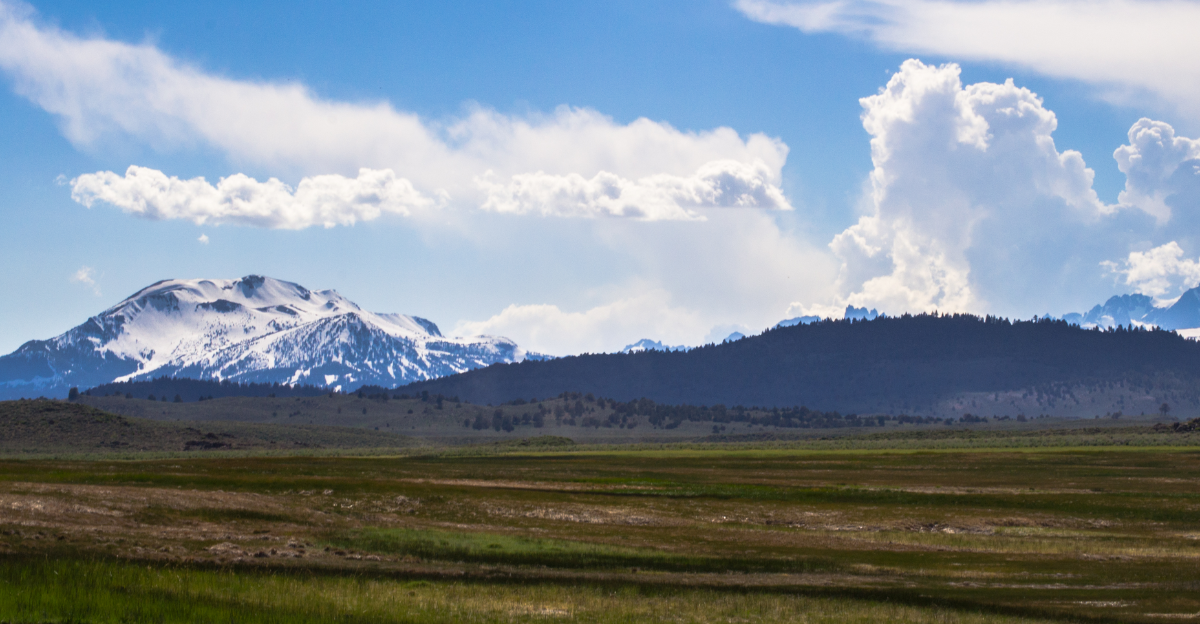
Nestled in eastern California, the Long Valley Caldera stretches 32 kilometers by 18 kilometers. Roughly 760,000 years ago, it unleashed a supereruption that released 600 cubic kilometers of material, resulting in the formation of the Bishop Tuff. If such an event occurred today, it would devastate much of California and send ash plumes across the continent, crippling agriculture, infrastructure, and transportation.
Although the immediate threat is considered low to medium, signs of unrest—including ground uplift and geothermal activity—continue to be monitored. These indicators suggest that magma remains present beneath the surface, reminding scientists and nearby communities of the dormant yet formidable power it holds.
Italy’s Campi Flegrei: Under the Shadow of Naples
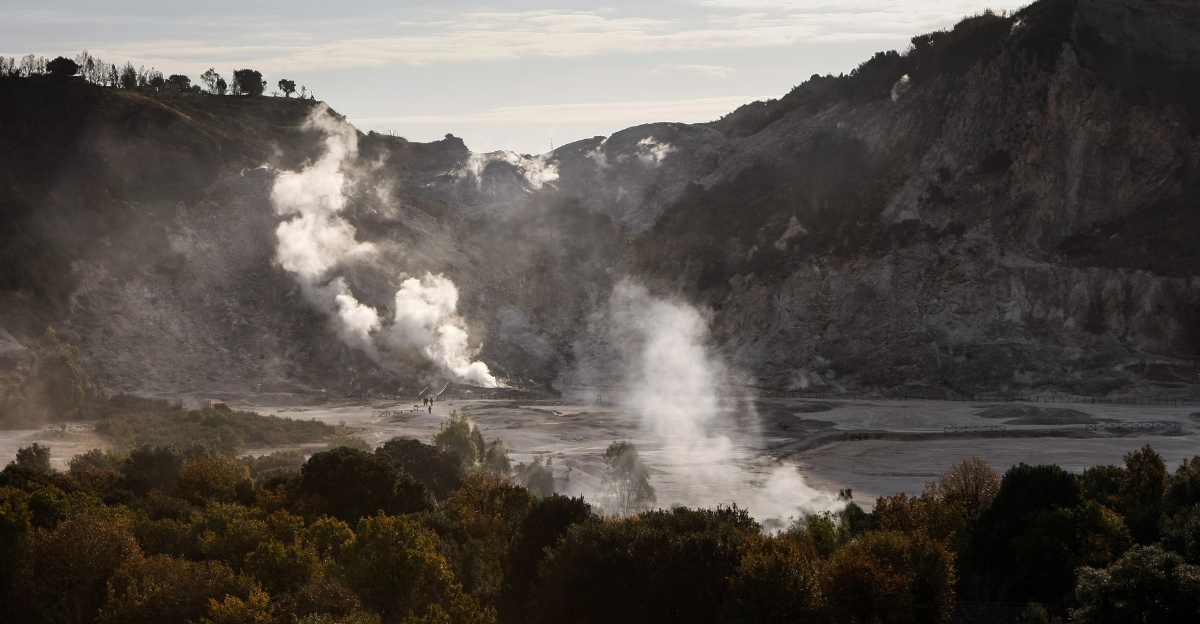
Campi Flegrei is a massive caldera located near Naples, Italy, and spans about 13 kilometers. Its most significant eruption occurred 39,000 years ago, releasing 300 cubic kilometers of material. Scientists believe this event may have contributed to the extinction of Neanderthals. Today, the densely populated area surrounding Campi Flegrei faces serious risk if another major eruption were to occur.
Seismic activity and ground deformation have intensified in recent years, signaling possible magma movement beneath the surface. The eruption likelihood is considered medium, with growing concern from geologists monitoring the area. Given its proximity to millions of residents, Campi Flegrei is a priority for ongoing scientific observation and emergency preparedness.
Siberian Traps: The Ancient Killer
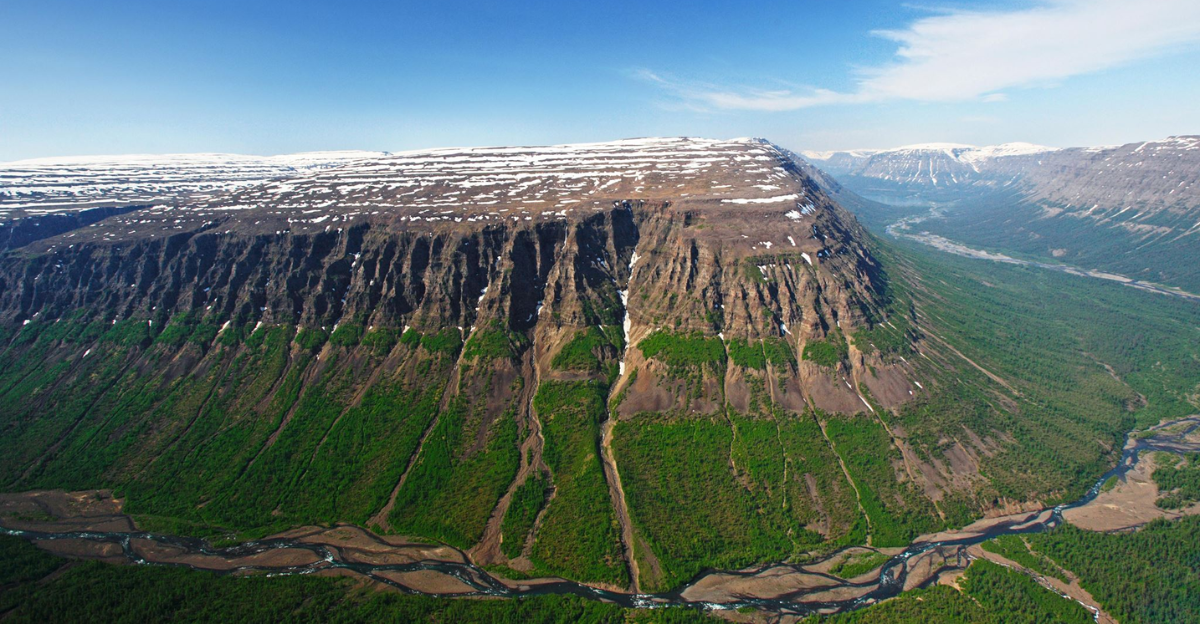
The Siberian Traps in Russia are not traditional supervolcanoes but remain one of Earth’s most devastating volcanic features. Spanning more than 2 million square kilometers, these flood basalts were responsible for the Permian-Triassic extinction event about 252 million years ago. During that time, massive volcanic activity released enormous quantities of carbon dioxide and methane, leading to extreme global warming, acid rain, and ocean acidification.
These changes wiped out around 90% of marine species. While the Siberian Traps are no longer volcanically active, their legacy informs much of what scientists understand about mass extinction events and long-term climate effects caused by volcanic activity on a global scale.
Laguna del Maule: South America’s Rising Concern
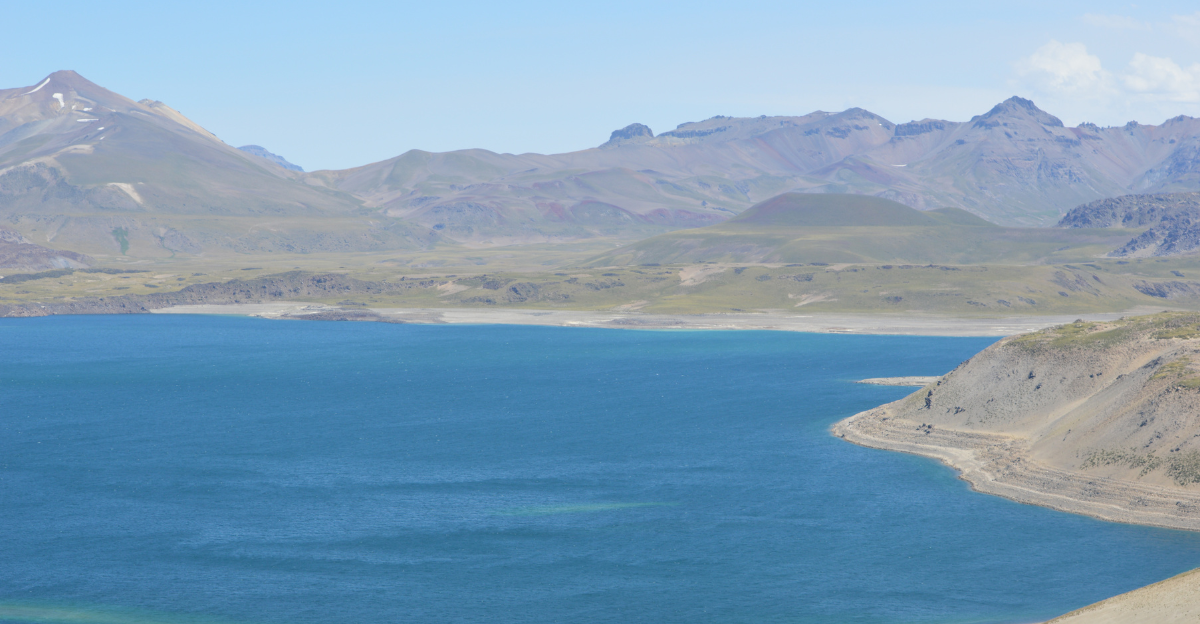
Located in the Andes Mountains of Chile, Laguna del Maule is a volcanic complex measuring roughly 20 by 15 kilometers. Over the past few decades, it has shown some of the highest recorded rates of ground uplift in the world. This rapid deformation suggests a significant buildup of magma beneath the surface.
Though it has not erupted in modern times, geologists believe that if it did, the impact could be severe. Ashfall could blanket wide areas of South America, disrupting agriculture, air travel, and climate stability. With a medium eruption risk, Laguna del Maule is under constant surveillance, highlighting the region’s potential for sudden geological upheaval.
Final Takeaways: Risk vs. Readiness
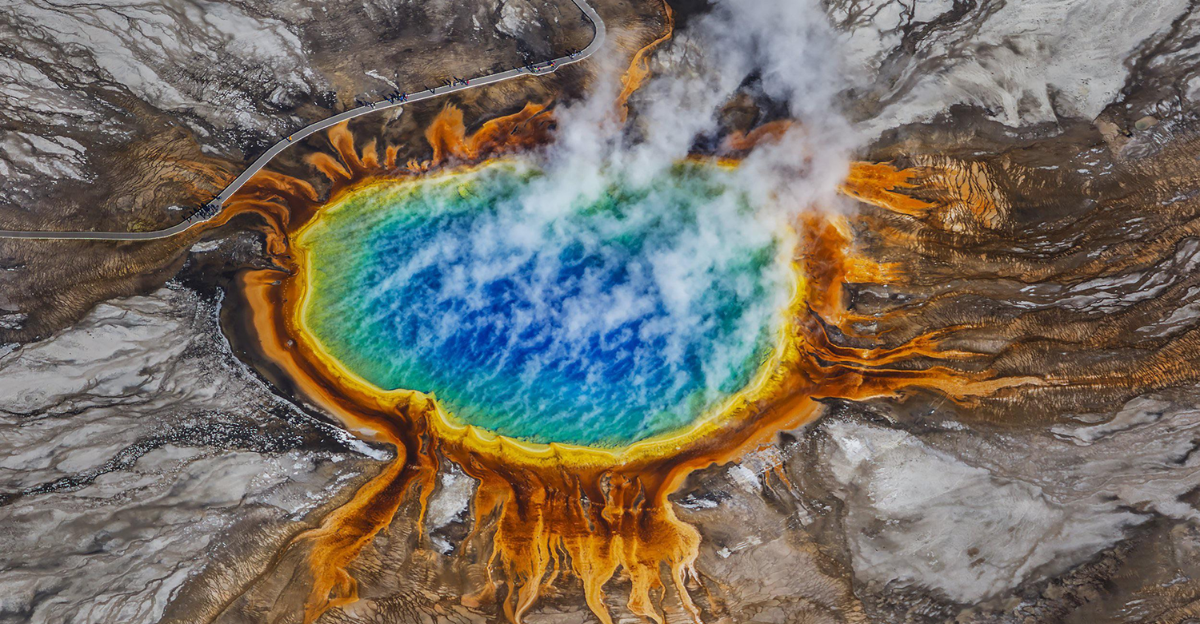
Among all known supervolcanoes, Toba and Yellowstone stand out for their history of global-scale impacts. In terms of eruption likelihood, the Aira Caldera and Taupō are currently the most active and closely monitored. While most supervolcanoes show no immediate signs of erupting, even subtle changes in seismic activity or ground deformation can offer vital clues. As monitoring technologies improve, scientists gain better tools to track these geological giants.
However, preparedness remains key. Understanding how these forces have shaped Earth’s past is crucial to mitigating their future threats. The quiet power beneath our feet demands respect, readiness, and relentless observation in an increasingly interconnected and vulnerable world.
Explore more of our trending stories and hit Follow to keep them coming to your feed!

Don’t miss out on more stories like this! Hit the Follow button at the top of this article to stay updated with the latest news. Share your thoughts in the comments—we’d love to hear from you!







